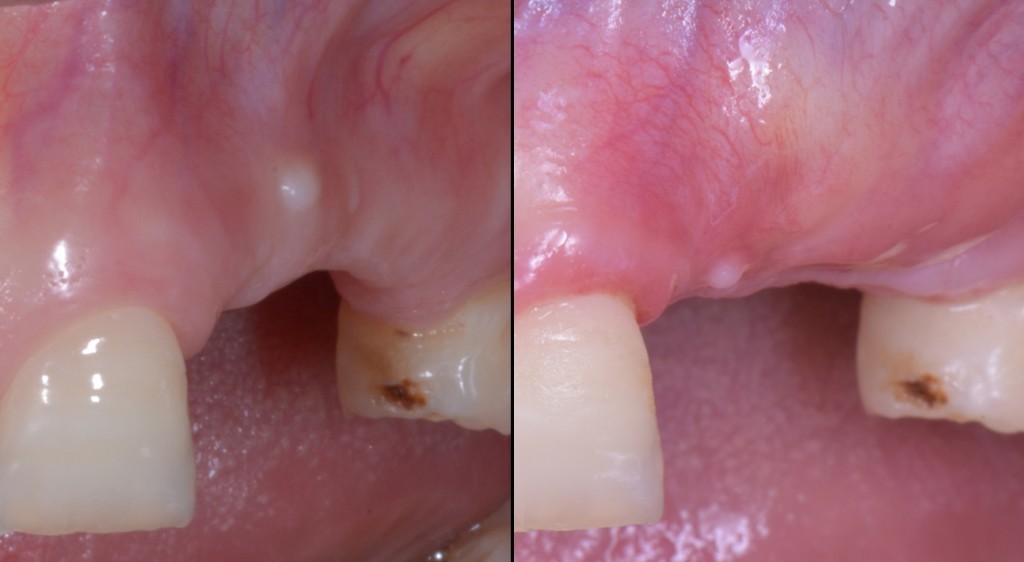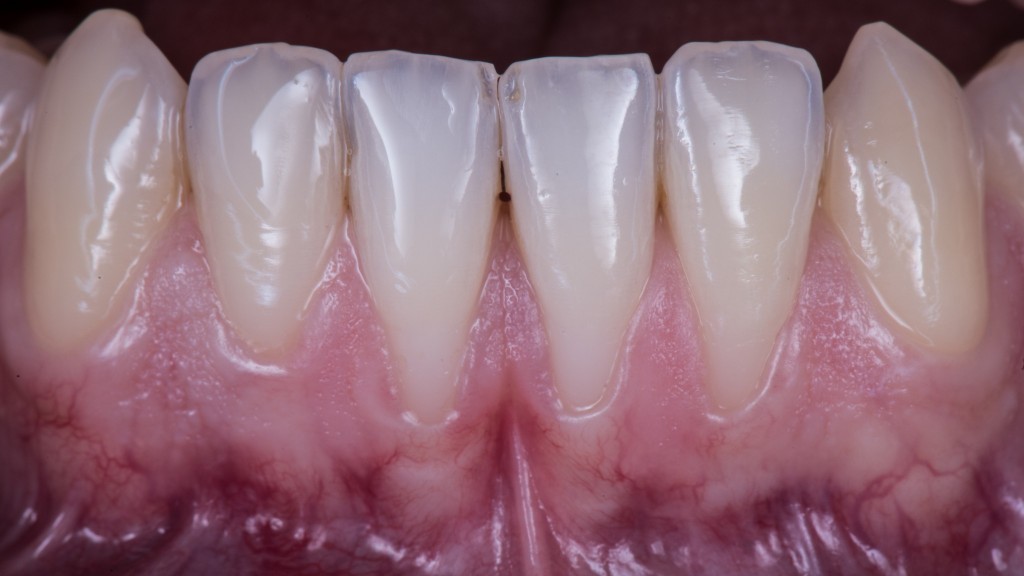Guys, sorry for my summer pause.
Do you still remember my last article?
I promised you to give away three secrets and I won’t let you down.
Today I’m disclosing the second one. Do you remember what our goal was?…
Not to shorten the fornix.
On my Italian blog someone commented this post writing that, surgically, we cannot modify the anatomy and the position of muscular insertions. In their opinion, muscular insertions tend to go back where Mother Nature wants them to be.
I genuinely think that’s not the case. Look at what happens when we perform a bone augmentation surgery:
Completely shortened vestibule with muscular insertions more palatal than the middle of the ridge 8 months after the first grafting procedure.
And please notice that muscles here are very week, as we said in the previous article on the first secret
In this case, we are fighting with the mentalis muscle, that is a whole different thing:
This is the reason why you need the second secret:
ONCE YOU HAVE DETACHED THE MUSCOLAR INSERTIONS FROM THE SUB MUCOSA, AS I SHOWED YOU IN MY LAST POST, YOU NEED TO ELIMINATE THE MORE CORONAL PART OF THE MUSCLE ITSELF.
We need to dishearten it to prevent it from reattaching coronally and from pulling on our flap during the healing phase.
We have already cut the superficial muscular insertion in the previous step, now we only need to detach it from the bone and take it out.
Obviously (‘cause it is obvious, ain’t it?) we cannot use the periosteal elevator, as we need a well-vascularized surface, the periosteum, to provide nourishment to our extra-thin flap.
So you must cut the muscle deep near the bone with the blade, make two vertical incisions and cut it at the base to be able to remove it.
This procedure won’t influence post-op symptomatology and, most of all, it will affect neither chin nor lip mobility (just sayin’ for the less experienced out there).
At the end of the video you will see that the tissue is red on both sides and white in the middle. The withe zone is the connective rephe connecting the two muscular sides.
I hope also this video will prove useful to you. Let me know if you like it.
In some days I’ll share the third and last secret. Warm up the blade and get your patients ready.
In case you haven’t done it yet, BUY MY ONLINE COURSE ON SOFT TISSUE MANAGEMENT IN PERIODONTOLOGY AND IMPLANTOLOGY.
A lot of colleagues have already bought it and are sending me photos of their cases… I wouldn’t want you to be left behind!


